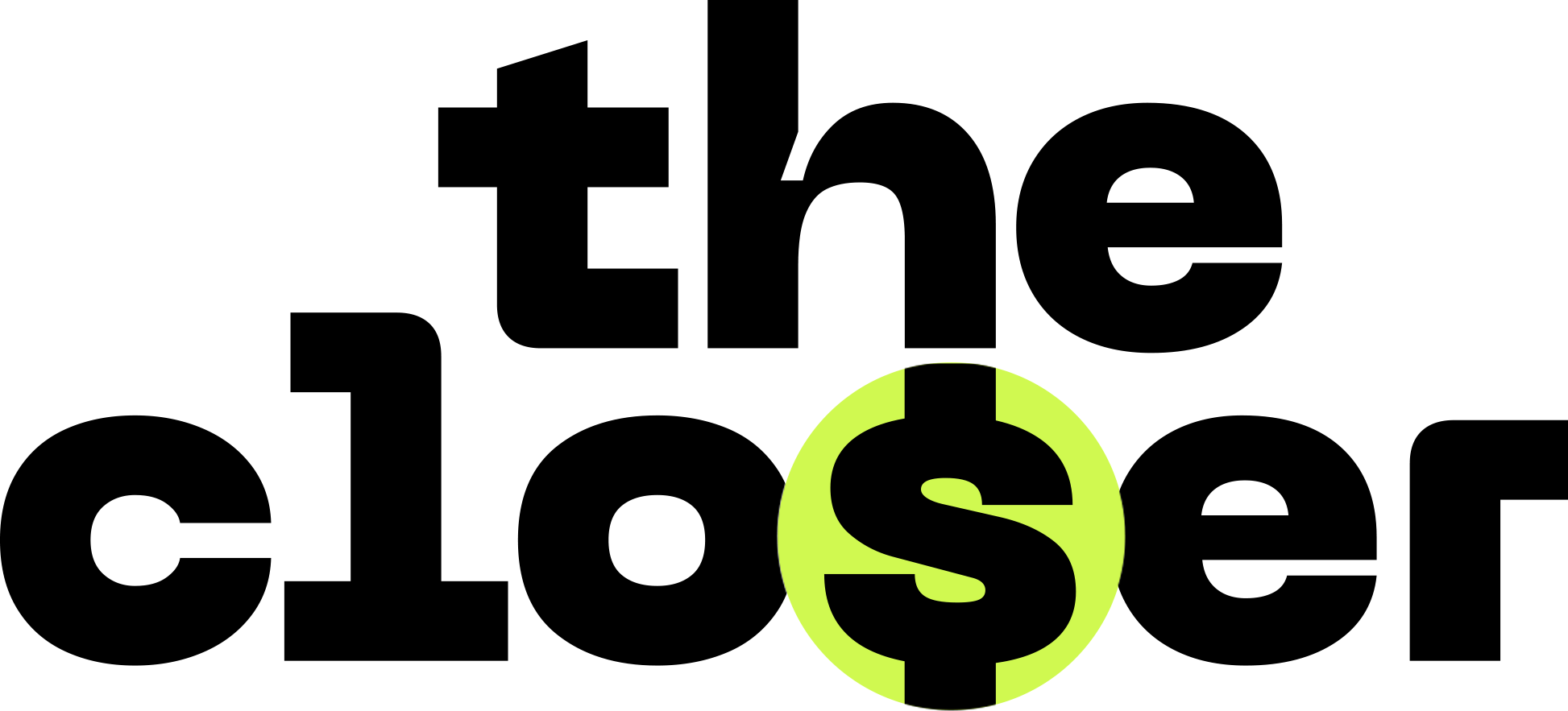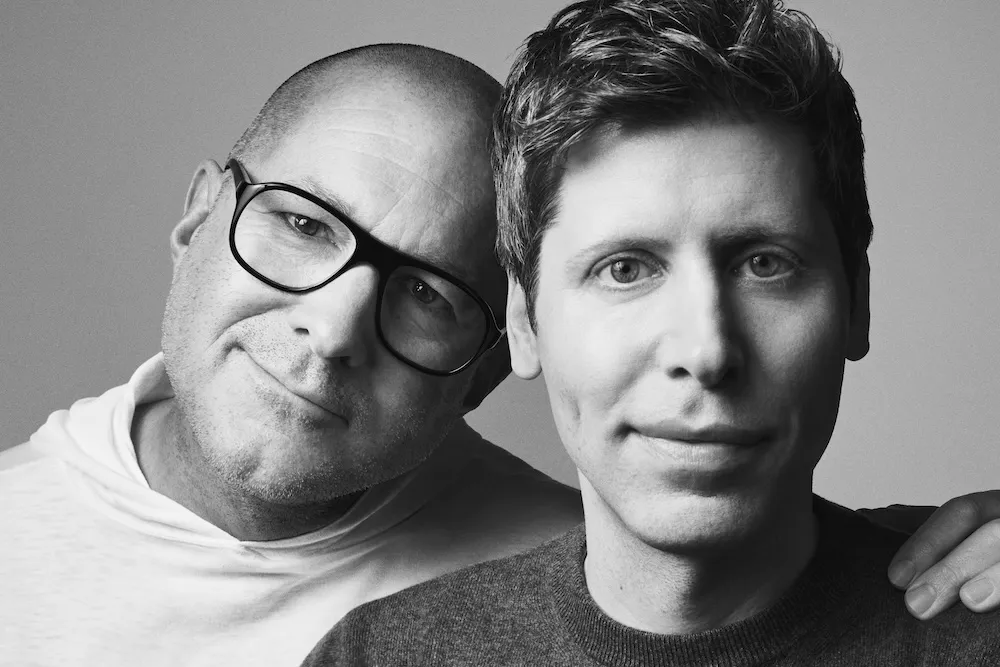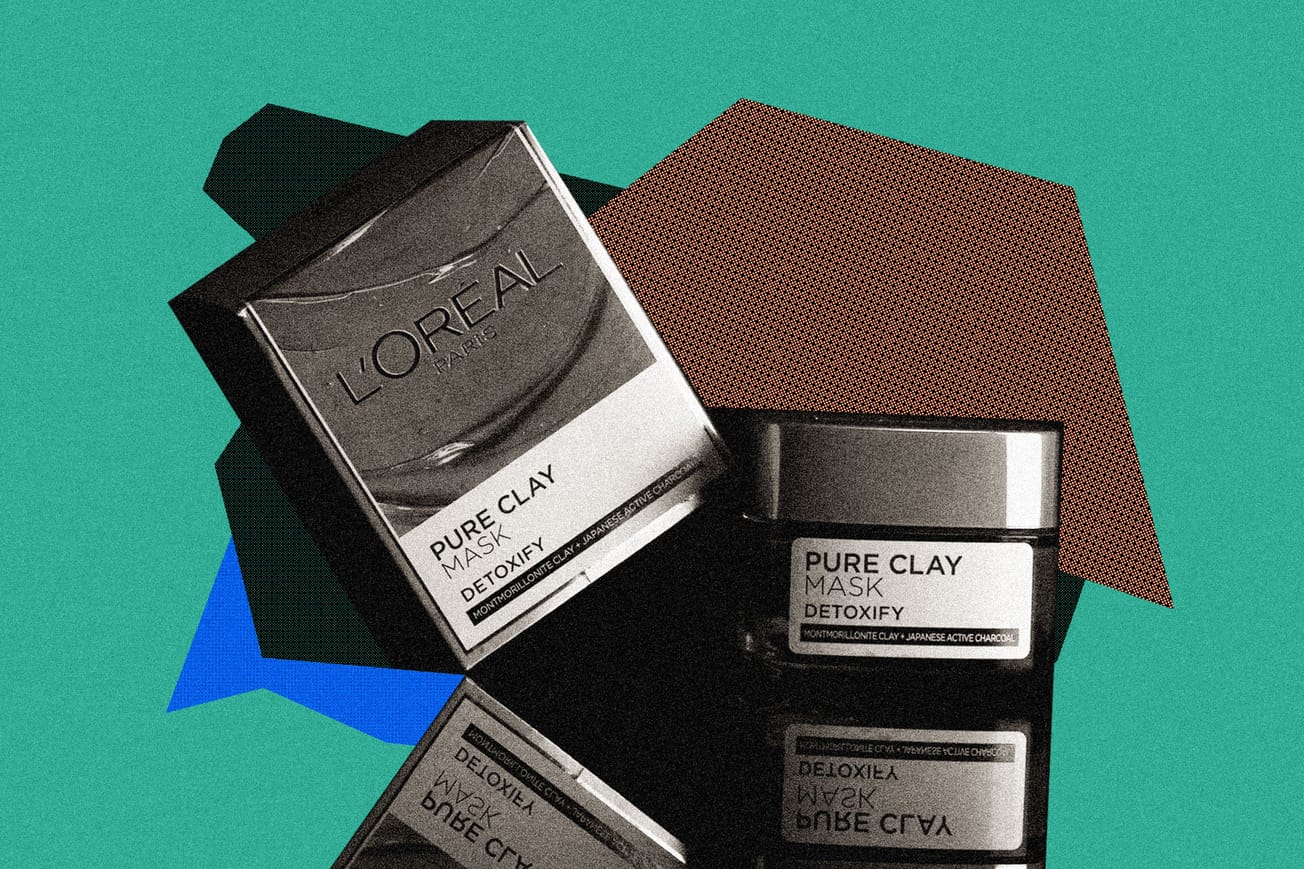Good afternoon! Welcome to the second weekend edition of The Closer, where we look at the world through the lens of dealmaking. Our motto is "deals change the world" and this week's news about the OpenAI-Jony Ive acquisition is such a powerful example of that. Within a year or two, we may all have a new OpenAI device without screens that is listening and absorbing and guiding us in ways we can't even imagine yet.
Hope you enjoy and please get in touch with ideas and ways we can make The Closer even better. You can reach me here.
-- Bradley
From iPhone to AIphone: Jony Ive’s Vision for the Post-App Era
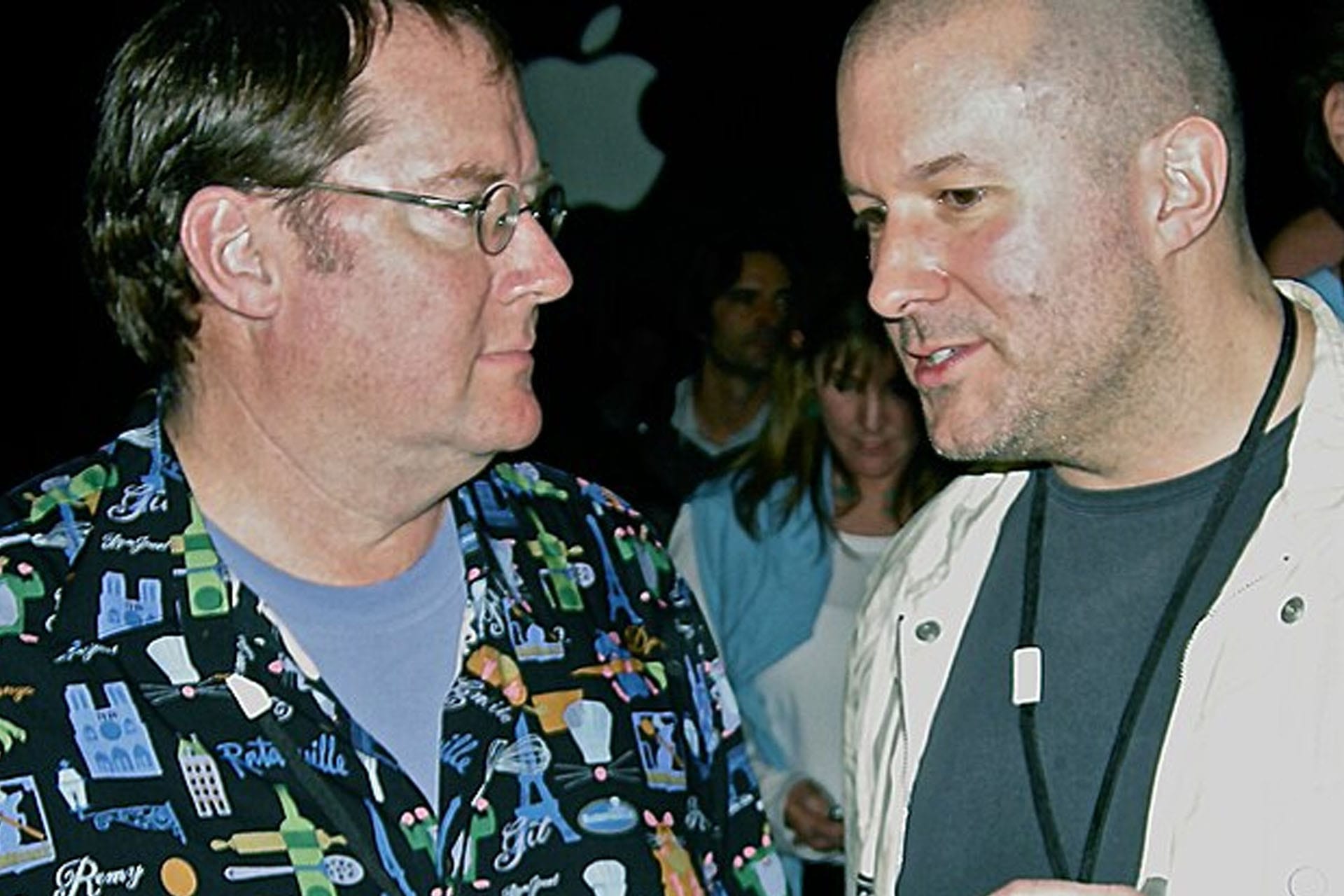
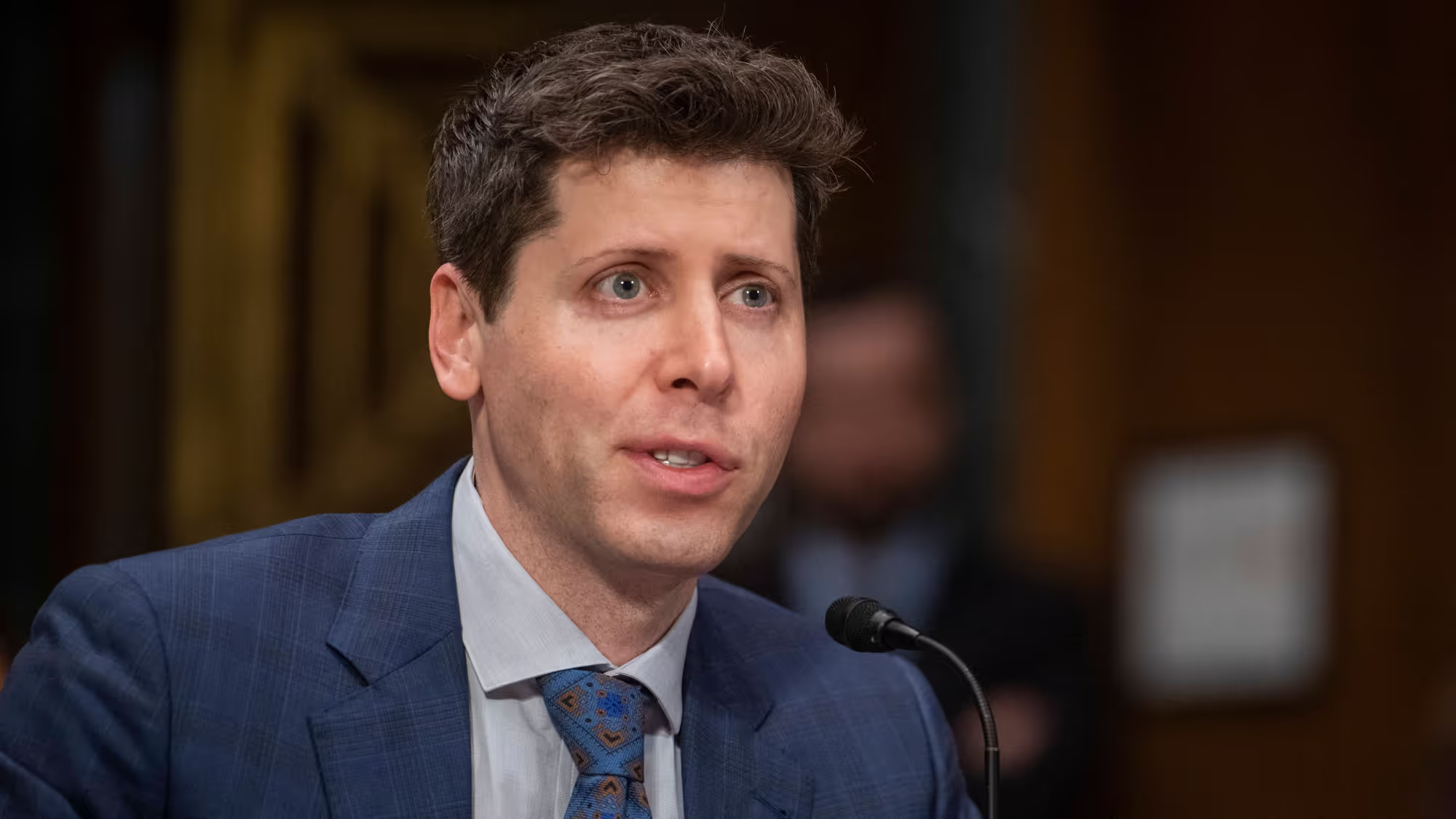
Key Players & Deal Terms
- Jony Ive & LoveFrom: Design minds behind iPhone and now io's AI vision.
- OpenAI: Acquirer aiming to control not just AI software, but its physical touchpoints.
- SoftBank: Original backer, now sees big ROI on its early bet.
- $6.5B: Deal value, including equity and retention packages.
Strategic Stakes
Ive’s team brings world-class hardware chops to OpenAI, which has struggled to define how people physically interact with AI. This is about owning the full stack: silicon to screen to assistant. With Ive, OpenAI may now shape the “iPhone of AI.”
Winners/Losers
Winners: OpenAI (full-stack power), Ive (back in command), SoftBank (finally, a hardware W).
Losers: Humane AI, Rabbit, and other upstart AI device makers who just got out-designed and out-funded.
Next Catalysts
Watch for a hardware launch tease by Q4 2025 and potential OS integrations with GPT-5. Also, expect defections from Apple and Google to Ive’s orbit.
What could it look like?
This image was generated by asking Claude Opus 4 (brand new high thinking model out yesterday) to write a prompt for what the new io device would look like. ChatGPT 4o then generated the image.
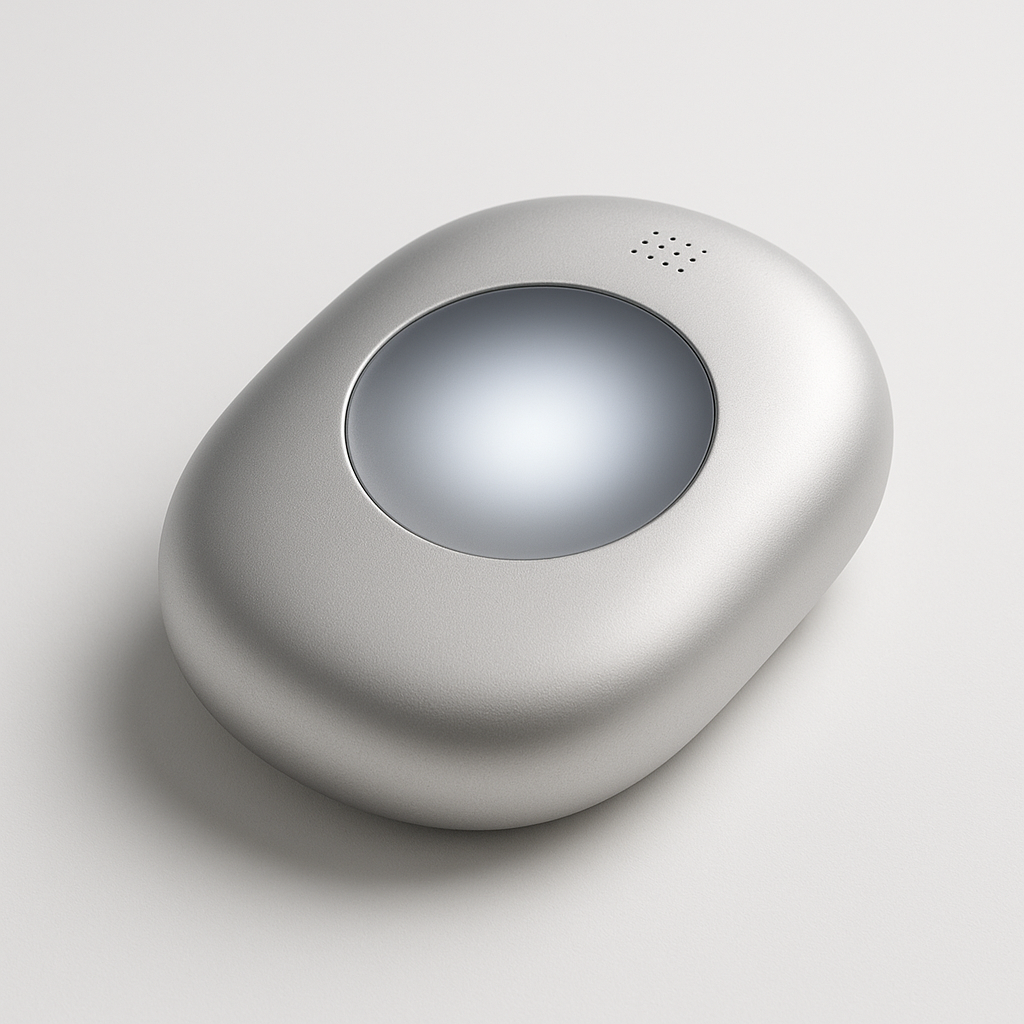
Deep Dive
When Jony Ive left Apple in 2019, he didn’t just step away—he ended an era defined by iconic products like the candy-colored iMac, the intuitive iPod, and the revolutionary iPhone. Now, as AI reshapes the tech landscape, Ive is back, aiming to reinvent the device game alongside OpenAI. Their partnership signals a critical shift away from today's app-centric world towards something entirely new: a future driven by intuitive, predictive, and seamless interactions—the age of the AIphone.
Ive’s latest venture, io, isn’t just about creating another gadget; it’s about fundamentally rethinking our relationship with technology. His core belief remains the same: great design disappears. With io, this means ditching endless notifications and app grids for something more human. Imagine technology that anticipates your needs—understanding what you want before you say it. Conversations replace clicks; subtlety replaces screens. But turning this vision into reality isn't simple.
The central challenge is trust. Users won’t embrace an always-on, always-listening AI unless it proves reliable, respectful, and safe. Previous attempts, like Humane’s AI Pin or Rabbit’s R1, fell short because they overlooked these fundamentals. Ive and OpenAI know better. They're investing heavily not just in elegant design but in building an AI people can trust implicitly.
At its core, this project places Ive at a crossroads between two powerful tech philosophies: Apple's fiercely private, hardware-centric worldview and OpenAI's expansive, cloud-driven AI ambition. Apple keeps data locked down, processed locally. OpenAI taps into the cloud, making data scale its advantage. Ive’s task is to blend these seemingly opposing views into one seamless user experience—balancing intimacy and privacy with cloud-powered intelligence.
Part of what makes Ive’s vision unique is his commitment to creating “hardware heirlooms,” objects designed to feel timeless, essential, and beautifully invisible in daily life. He wants devices that users treasure rather than replace yearly, addressing the growing fatigue around tech's constant intrusions and screen dependence. By making technology subtle, almost ambient, Ive hopes to reverse some of the social harm his earlier creations inadvertently caused.
Market implications here are huge. If io pulls this off, companies from Meta to Apple itself could be seriously disrupted. Whoever masters this AI-driven user experience first won’t just lead—they'll redefine personal computing entirely. Investors and entrepreneurs need to watch closely because, much like the iPhone sparked a new ecosystem of apps and services, the AIphone might ignite its own explosive wave of innovation.
In the short term, expect subtle teasers, significant talent hires from Silicon Valley giants, and perhaps even an early prototype by year's end. A strategic pre-Christmas launch could dramatically tip the scales in io's favor, establishing it as a true market leader.
Ive’s comeback isn’t merely business news—it's about reshaping our future. If he succeeds, he won’t just have created another device. He’ll have set a new standard for how we live with technology—making it quieter, smarter, and more human. That’s not just good design; it’s revolutionary.
Key Players in the Emerging AI-Device Space
OpenAI (io)
Device: Voice-first, ambient assistant with minimal UI
AI: Deep GPT integration at core of all functions
Backing: Sam Altman, Jony Ive, SoftBank
Humane
Device: Wearable AI Pin with projection, no phone needed
AI: OpenAI/Microsoft backend for context awareness
Backing: Ex-Apple founders, Microsoft, Qualcomm
Rabbit (R1)
Device: Handheld gadget with push-to-talk & touchscreen
AI: Custom "Large Action Model" using LLMs
Backing: Jesse Lyu, Khosla Ventures
Apple
Device: iPhone/Vision Pro with Siri as secondary
AI: On-device ML, limited generative AI
Backing: Self-funded tech giant
Meta
Device: Smart glasses with AR and voice assistant
AI: Llama-based chatbots and image recognition
Backing: Zuckerberg, Ray-Ban partnership
Key players racing to define the post-smartphone era with AI-first devices.
Best Takes
Financial Times: “Today’s ‘legacy’ consumer gadgets…were not well suited to a future shaped by AI.” – Altman’s rationale [$] 🔗
Wall Street Journal: OpenAI’s planned gadget is a “third essential device” – an AI companion “capable of being fully aware of a user’s surroundings and life,” yet “unobtrusive,” designed to rest in one’s pocket or on a desk [$] 🔗
The Information: Moving into hardware “could also be a big distraction” for OpenAI, the outlet noted, since even Amazon and Meta “have struggled to build profitable hardware businesses” [$] 🔗
New York Magazine: Ive brushed off comparisons to earlier AI wearables like Humane’s Pin, calling them “poor products,” signaling his confidence that a fundamentally better design is possible [$] 🔗
Also check out: The Optimist: Sam Altman, OpenAI, and the Race to Invent the Future by long time friend of Brazen, Keach Hagey.
“Altman is the great enigma at its core, seemingly acting with the best of intentions, but also regularly accused of being a skilled and devious manipulator.” – from The Guardian review.
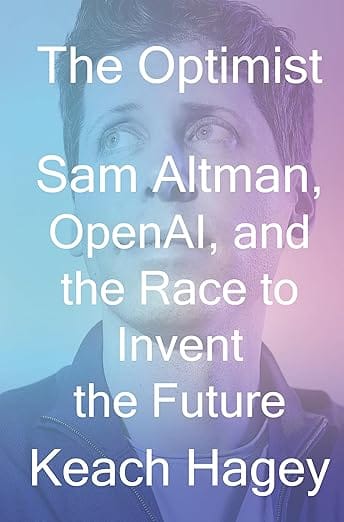
Playbook: 3 Moves to Steal
- Tactic: Bet on Design Royalty
Great hardware isn’t built—it’s envisioned. Hiring design legends accelerates differentiation. - Psychology: Silence Sells
'io' leaked nothing for two years. The aura of secrecy amplified intrigue. - Timing: Strike Pre-Product
OpenAI bought talent and vision before a single unit shipped. That’s conviction.
Chart:
CHART OF THE WEEK
Top AI Hardware Funding Deals (2023–2025)
Takeaway: The race to define AI hardware just got a leader. Ive's io dwarfs its rivals.
"Not all AI hardware is built equal. Ive's $6.5B exit resets the board."
Other Major Deals This Week
- BP Seeks Buyers for Castrol Lubricants Unit
BP has initiated the sale of its Castrol lubricants division, aiming to raise between $8 billion and $10 billion. This move is part of BP's strategy to reach a $20 billion divestment goal by 2027, focusing more on oil and gas investments. Reuters - AT&T Acquires Lumen’s Consumer Fiber Business for $5.75B
Continuing the trend of telecom consolidations, AT&T announced the acquisition of Lumen Technologies' consumer fiber business, enhancing its broadband reach and infrastructure. Axios - Pfizer and 3SBio Enter $1.25B Licensing Deal
Pfizer has agreed to a $1.25 billion licensing deal with Chinese biotech firm 3SBio for a cancer drug, with potential earnouts worth $4.8 billion, highlighting ongoing global collaborations in the pharmaceutical sector. Axios - Lido Advisors Sells Stake to HPS Investment Partners
Los Angeles-based wealth management firm Lido Advisors sold a majority stake to HPS Investment Partners, which is set to be acquired by BlackRock in a $12 billion deal, bolstering BlackRock’s private markets business. Barron's - Johnson Matthey Sells Unit to Honeywell for £1.8B
Honeywell has acquired a division of Johnson Matthey for £1.8 billion, aiming to enhance its sustainable technologies portfolio. Axios+1theguardian.com+1

Career Corner – The Power of Detachment
Herb Cohen, celebrated author of You Can Negotiate Anything, emphasizes the importance of maintaining emotional distance during negotiations. He advises:
“Caring but not T-H-A-T much is the middle ground between clinging to it and winging it.”
This perspective underscores the value of being invested yet not emotionally entangled in the outcome. By balancing commitment with detachment, negotiators can think more clearly, make better decisions, and avoid being manipulated by high-pressure tactics.
Takeaway: Stay engaged but not emotionally attached. This balance allows for clearer judgment and more effective negotiation outcomes.
If you read this far, we want to hear from you. We want The Closer to be an exciting and important part of your week – as a newsletter, as a podcast, but even beyond that. Ideas? Please get in touch or schedule a meeting with Bradley here.

